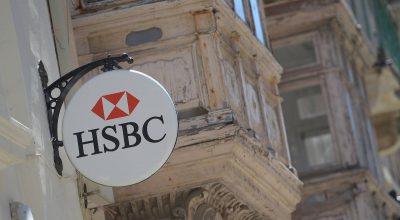Illegal extension to Dwejra structure gets green light
In 2000 an enforcement order was issued over an illegal extension, and the illegal room on top of the structure was removed by the applicant


An application to sanction additions to a summer residence in Dwejra consisting of two ground-floor rooms, already refused in 2011 and in 2015, was approved by the Environment and Planning Review Tribunal (EPRT) at the cost of a €285 fine on the owner.
The development is located in a special area of conservation.
The original 1957 structured was a legal development. In 2000 an enforcement order was issued over an illegal extension, and the illegal room on top of the structure was removed by the applicant.
In 2011 MEPA declared that the development was unsuitable for an area of high scenic value and ecological protection, and deemed the refusal to be “in the public interest.”
But in 2014 the Appeals Tribunal asked MEPA to process the application again, in line with the new rural policy approved that year; it was turned down by the MEPA board at a public meeting held in April 2015.
But in an appeal with the EPRT, presented by Maurice Cauchi who was represented by architect Robert Musumeci, it was argued that the development was in line with the 2005 action plan; and the Tribunal decided that a previous decision on an adjacent structure where the “public interest” was invoked in 2011, was not a valid reason to refuse a permit, and that the action plan foresaw the regularisation of the illegal structures.
The Dwejra saga
47 of the 68 boathouses in Dwejra were built illegally after 1968.
In 2005, the Nationalist administration issued an action plan to regularise any illegal boathouse that had filed for a permit before 2006. Just days before the 2008 elections, MEPA regularised 20 boathouses in the highly sensitive and protected area, a candidate for UNESCO World Heritage status.
In 2010 and 2011, under the stewardship of chairman Austin Walker, the MEPA board rejected 17 similar applications to sanction those boathouses which had not been regularised in 2008.
During the meeting, Walker underlined that a line had to be drawn on sanctioning illegal structures in outside development zones, deciding that refusing the applications was in the “public interest and proper planning”.
The owners appealed to the Environment and Planning Review Tribunal, insisting that the boathouses be sanctioned according to the 2005 action plan.
In March 2014, one of the EPRT’s panels – whose members were appointed by the newly-elected Labour administration – concluded that MEPA could not declare that the proposal runs counter to “public interest and proper planning” without providing supporting arguments.
But a month later in April 2014, another EPRT panel – this time, with members appointed by the previous administration – turned down an appeal on one of the rejected boathouse permits, saying that MEPA cannot sanction any development in designated protected areas.
Then came a new policy regulating development inside ODZs, and the EPRT once again passed the buck to the MEPA board, requesting it to decide on whether the 2010-2011 cases of rejected boathouses could be approved under this new policy.
In April 2015 the MEPA board simply decided that the policy did not apply to these four cases, and rejected them for the third time. But the buck was passed again to the EPRT, which is now reassessing the permits according to the action plan approved in 2005, which has never been withdrawn.



.png)


.jpg)








.jpeg)




.png)

